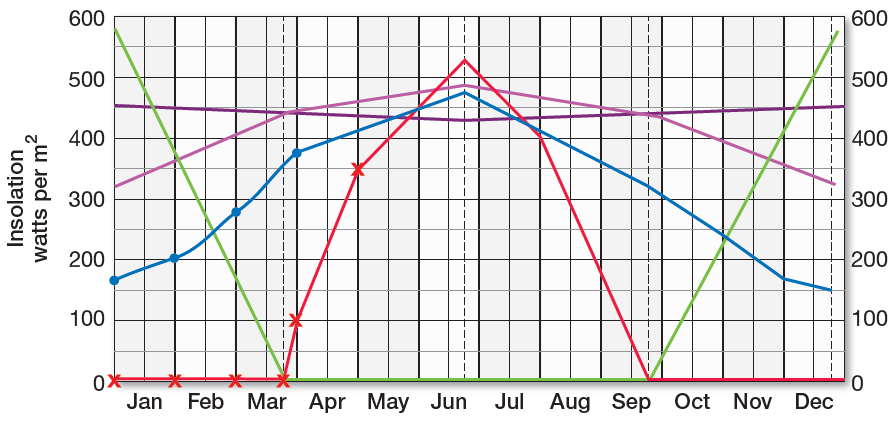What factor results in the June (summer) solstice energy receipt at the North Pole exceeding that received on the same day at the equator?

What will be an ideal response?
The North Pole receives radiation 24 hours per day at the June solstice. In contrast, the equator has only 12 hours of daylength. This is also one of the two times a year that the subsolar point is at its greatest distance, or declination, from the equator 223.5° north.
You might also like to view...
Which of the following resources does a meteorologist use to produce an ensemble 500 hPa forecast?
A. radar displays B. physical climate model C. upper-air chart D. surface chart
After many years of planning, trains could travel all the way from Adelaide to Darwin in ________, reducing the isolation of the Northern Territory capital and the towns along the rails
A) 1888 B) 1913 C) 1945 D) 2001
Which type of glacier is the smallest?
a. piedmont glaciers b. ice sheets c. valley glaciers d. cirque glaciers e. ice caps
Aside from normal photographic film, ________ film has proven very valuable for interpretation of Earth's resources from airborne cameras
A) color infrared B) ultraviolet C) thermal infrared D) x-ray E) gamma ray